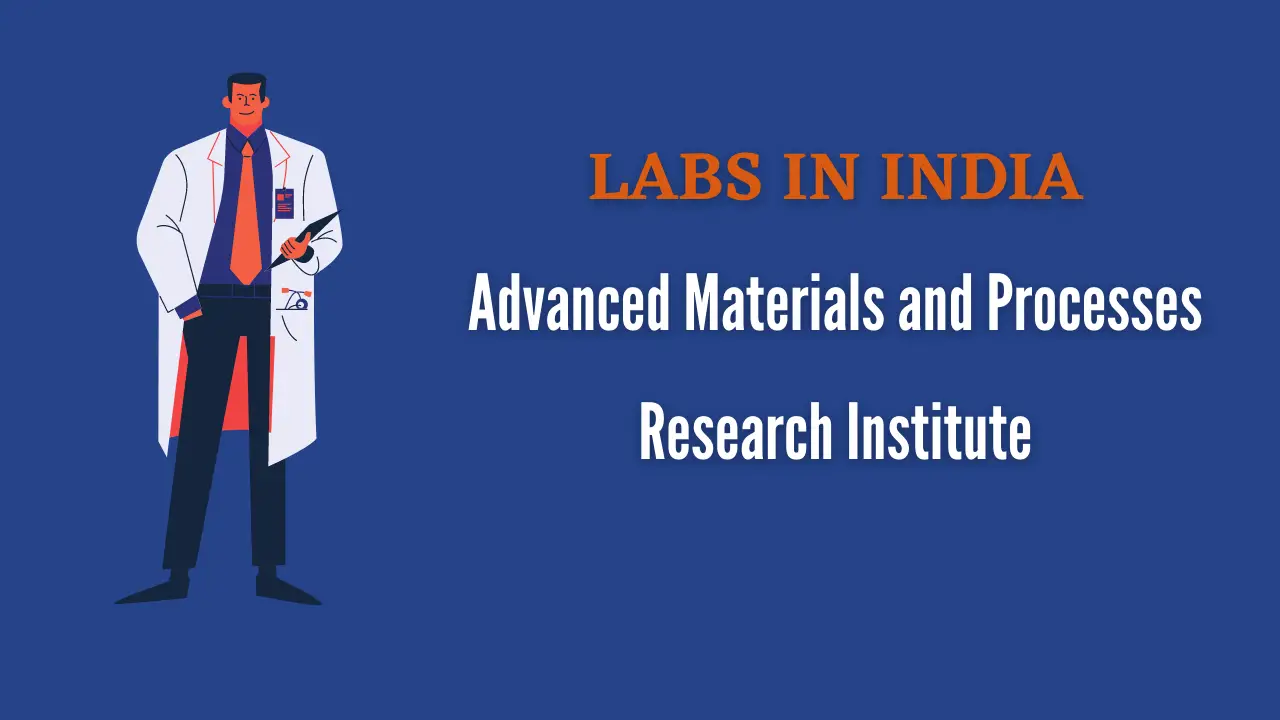Labs in India (AMPRI, Bhopal): AMPRI, which is a constituent laboratory of Council of Scientific and Industrial Research (CSIR), New Delhi, India was started in the year 1981 in the undivided state of Madhya Pradesh as a Regional Research Laboratory (RRL).
The current activities of AMPRI
- Lightweight Materials
- Nanostructured Materials
- Smart and Functional materials
- Waste to Wealth
- CSIR-800
Lightweight Materials
In the category of lightweight materials, important activities relate to Al metal matrix composites, polymer matrix composites, Al foam and Mg-based alloys. AMPRI has laid major emphasis on lightweight materials development like Al foam, Mg-based alloys, in-situ MMCs and nanostructured materials. Also, activities on electromagnetic forming, smart and functional materials, steel and Ti foams, and materials modelling and design are in the offing.
Waste to Wealth
This institute largely worked on the utilization of flyash and Redmud. The institute has developed wood substitute technology using redmud, flyash and natural fibers and has potential applications for making doors, panels, partitions and furniture.
AMPRI has developed Radiation Shielding Materials from Red Mud and holds a US Patent on the work.
The potential applications of this technology will be for the shielding of gamma and neutron in nuclear power plants and for diagnostic X-ray shielding in X-ray and CT scan rooms.
AMPRI Objective
The overall objective of AMPRI is to achieve world-class status in the area of engineering materials, component and process development. Accordingly, the HR Profile and S&T infrastructure would address the needs of fundamental and applied research, technology development and business development in the area of materials of the future.
AMPRI Labs in India
The present resource base being created would not only provide commercial tractability for the present but also provide a root for more lucrative, elite and innovative areas of the future. It is envisaged to make the institute a place of pilgrimage for top material scientists and the stakeholders.

